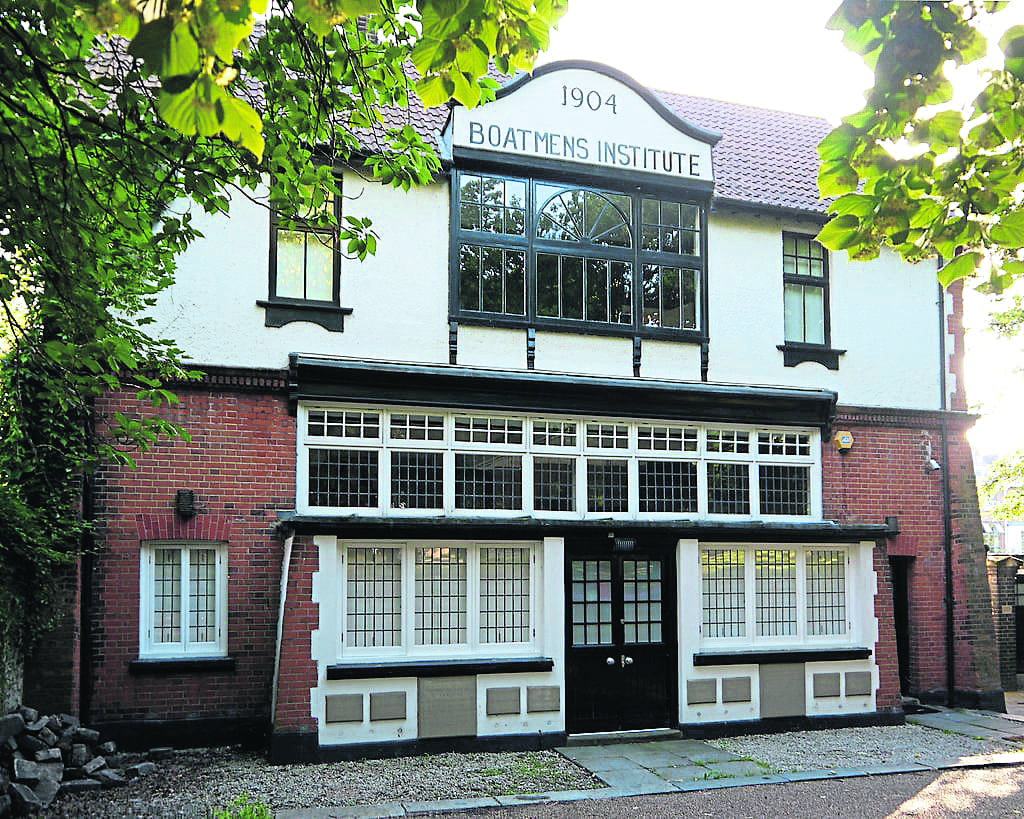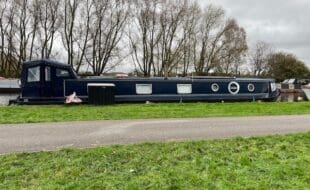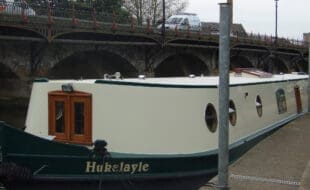Nicola Lisle continues her family history series with a look at the canal boatmen’s missions, chapels and institutes, which offered much-needed support to the floating population
BY THE 19th century canal boatmen and their families were well-established fixtures on the watery highways of Britain, many working long hours to keep essential goods moving around the country. Yet they were still largely ostracised by the public. All that was soon to change as various organisations and individuals began offering spiritual and practical support to the boating community in the form of boatmen’s institutes, missions and chapels.

One of the earliest was the Boatmen’s Institution at Paddington Basin, founded in 1827 by the London City Mission. This quickly became a popular place for canal workers to gather, knowing they could get a hot meal and enjoy a bit of socialising. In its heyday, the institution attracted around 250 boatmen a day.
The London City Mission later established a Canal Boatmen’s Mission Hall and day school for canal children in Isleworth, West London. Here the local missionary held services beside the canal or in the Mission Hall, as well as offering pastoral support to the sick and dying, and his daughter held lessons for children in the Mission Hall.
By the turn of the century, it was clear that larger premises were needed, and a new, purpose-built institute was constructed at The Butts, Brentford, on land provided by the Grand Junction Canal Company. The new Boatmen’s Institute opened on December 13, 1904, continuing its spiritual and education mission with religious services and a day school, but now it also included a maternity hospital as well as offering meals, clothing and other practical support. Later on, adult education classes and social events became popular features of the institute.
The day school at Brentford was taken over by the Middlesex Education Committee in 1920; by the 1930s the school at Paddington was under the control of the London County Council. Both of the original institute buildings have survived and are now private houses.
The Port Dundas Mission in Glasgow, founded in 1871, offered similar spiritual, practical and social support to the local canal population.
The Incorporated Seaman’s and Boatman’s Friendly Society was formed in 1846 and was responsible for establishing missions in Birmingham, Leeds and Sheffield. Again, these missions catered for the boaters’ spiritual and educational needs, as well as offering food, non-alcoholic drinks, washing facilities and other practical help, as well as organising social events.
One of the former mission buildings, the Boatman’s Rest at Walsall, was particularly popular, attracting around 200 boats a day. The building later became the Birchills Canal Museum. The museum has now closed, but its collections are housed at the Walsall Leather Museum (https://go.walsall.gov.uk/museums-libraries-and-galleries/walsall-leather-museum).
The Salvation Army was another friend to the canal people, offering pastoral care, providing food and drink, and helping with practical problems, such as helping with writing letters.
But it wasn’t just official organisations that offered help. At Stoke Bruerne, Sister Mary Ward (1884-1972) tended to the boat people’s medical needs from her canalside cottage, mostly at her own expense, during the 1940s and 1950s, while at Jericho, Oxford, local corn and coal merchant Henry Ward (c1781-1852) funded the building of a floating chapel for canal families. Consecrated in 1839, the chapel was moored at Hythe Bridge and served as both chapel and schoolroom until it sank in 1868.

Finding out more
To trace ancestors who may have been connected with any of the institutes, chapels or missions, the best starting point is the relevant local record office or family history centre. Holdings obviously vary but typically include reports, correspondence, records, photographs and oral history recordings. A search for the floating chapel at Jericho, for example, at the Oxfordshire History Centre (www.oxfordshire.gov.uk/residents/museums-and-history/oxfordshire-history-centre), brings up a report on the chapel, dated 1849-58, and some photographs.
The National Archives (www.nationalarchives.gov.uk) holds Friendly Society registers, financial records and other paperwork, along with details of regional archives holding records relating to local Friendly Societies. There are also records relating to the London City Mission, again with details of other relevant regional archives.
For records relating to the Port Dundas Mission, try the Scottish Archive Network (www.scan.org.uk).
The Salvation Army International Heritage Centre holds correspondence relating to Brigadier Fred Fielding’s proposals for waterways ministries (ref. CS/1/1/4), as well as photographs and other potentially useful material. Search their online catalogue here: www2.calmview.co.uk/SalvationArmy/CalmView/
Further reading
Freer, Wendy & Foster, Gill, Canal Boatmen’s Missions (Railway & Canal Historical Society, 2004)





